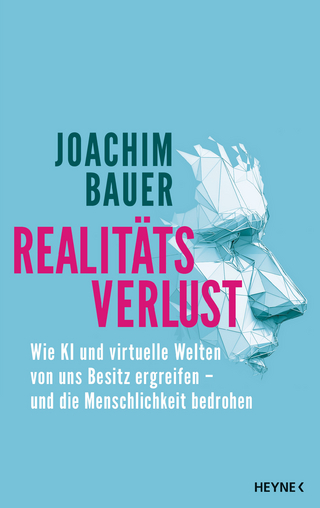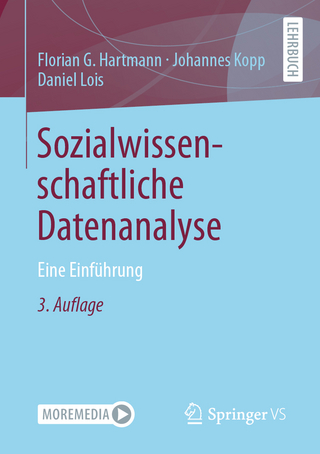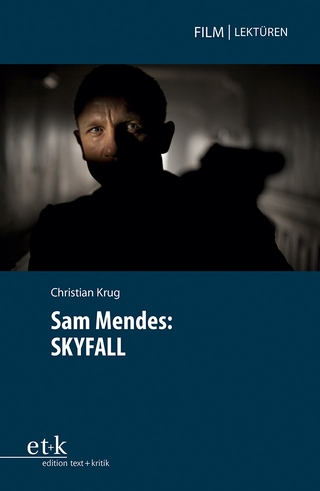
Red Aesthetics
Rodchenko, Brecht, Eisenstein
Seiten
2021
Rowman & Littlefield (Verlag)
978-1-5381-4709-2 (ISBN)
Rowman & Littlefield (Verlag)
978-1-5381-4709-2 (ISBN)
Synthesizes the work of three titans of mid-century art and critical theory, proposing an aesthetics of the political and artistic left with a deft authority.
“WHAT’S NEEDED—IS NO REST,” Aleksandr Rodchenko declared in the “Manifesto of the Constructivist Group.” We must “go out into all kinds of production anywhere where there is an artistic need.”
This book is a synthesis of Rodchenko, Brecht and Eisenstein. Amongst the most influential artists of the interwar period, and among the most influential political artists of the century, between them they tried to develop a socialist theory of art, and a red aesthetic centered around removing barriers to ‘production’. The book is an urgently needed intervention into mainstream interpretations of political art in the twentieth century — and therefore, into the understanding of the relationship between aesthetics and politics. Working in different media—sculpture, posters, photography (Rodchenko), theater (Brecht) and film (Eisenstein)—and in different but often overlapping geographical contexts—Russia, Germany and in Hollywood—they shared a vision of artistic will as the defining quality of leftist art in an age defined by political extremism. This is a deeply controversial and deeply convincing set of arguments, that go right to the heart of contemporary philosophical debates about the relation between aesthetics and politics.
“WHAT’S NEEDED—IS NO REST,” Aleksandr Rodchenko declared in the “Manifesto of the Constructivist Group.” We must “go out into all kinds of production anywhere where there is an artistic need.”
This book is a synthesis of Rodchenko, Brecht and Eisenstein. Amongst the most influential artists of the interwar period, and among the most influential political artists of the century, between them they tried to develop a socialist theory of art, and a red aesthetic centered around removing barriers to ‘production’. The book is an urgently needed intervention into mainstream interpretations of political art in the twentieth century — and therefore, into the understanding of the relationship between aesthetics and politics. Working in different media—sculpture, posters, photography (Rodchenko), theater (Brecht) and film (Eisenstein)—and in different but often overlapping geographical contexts—Russia, Germany and in Hollywood—they shared a vision of artistic will as the defining quality of leftist art in an age defined by political extremism. This is a deeply controversial and deeply convincing set of arguments, that go right to the heart of contemporary philosophical debates about the relation between aesthetics and politics.
Todd Cronan is associate professor of Art History at Emory University.
Introduction: An Exact Picture of the World
Chapter 1: The Great Production:
Rodchenko/Brecht/Eisenstein with and against Adorno and Barthes
Chapter 2: Rodchenko’s Photographic Communism
Chapter 3: Art and Political Consequence: Brecht’s Critique of Affect
Chapter 4: Seeing Differently and Seeing Correctly: Brecht on Artistic and Political Abstraction
Chapter 5: Class into Race: Brecht, Adorno, and the Problem of State Capitalism
Chapter 6: Relentlessness: Eisenstein’s Automatic Writing
| Erscheinungsdatum | 16.08.2021 |
|---|---|
| Verlagsort | Lanham, MD |
| Sprache | englisch |
| Maße | 161 x 227 mm |
| Gewicht | 517 g |
| Themenwelt | Kunst / Musik / Theater ► Kunstgeschichte / Kunststile |
| Sozialwissenschaften ► Kommunikation / Medien ► Medienwissenschaft | |
| ISBN-10 | 1-5381-4709-2 / 1538147092 |
| ISBN-13 | 978-1-5381-4709-2 / 9781538147092 |
| Zustand | Neuware |
| Haben Sie eine Frage zum Produkt? |
Mehr entdecken
aus dem Bereich
aus dem Bereich
wie KI und virtuelle Welten von uns Besitz ergreifen – und die …
Buch | Hardcover (2023)
Heyne (Verlag)
22,00 €
Eine Einführung
Buch | Softcover (2022)
Springer VS (Verlag)
32,99 €


